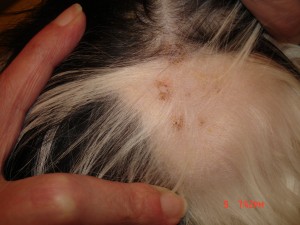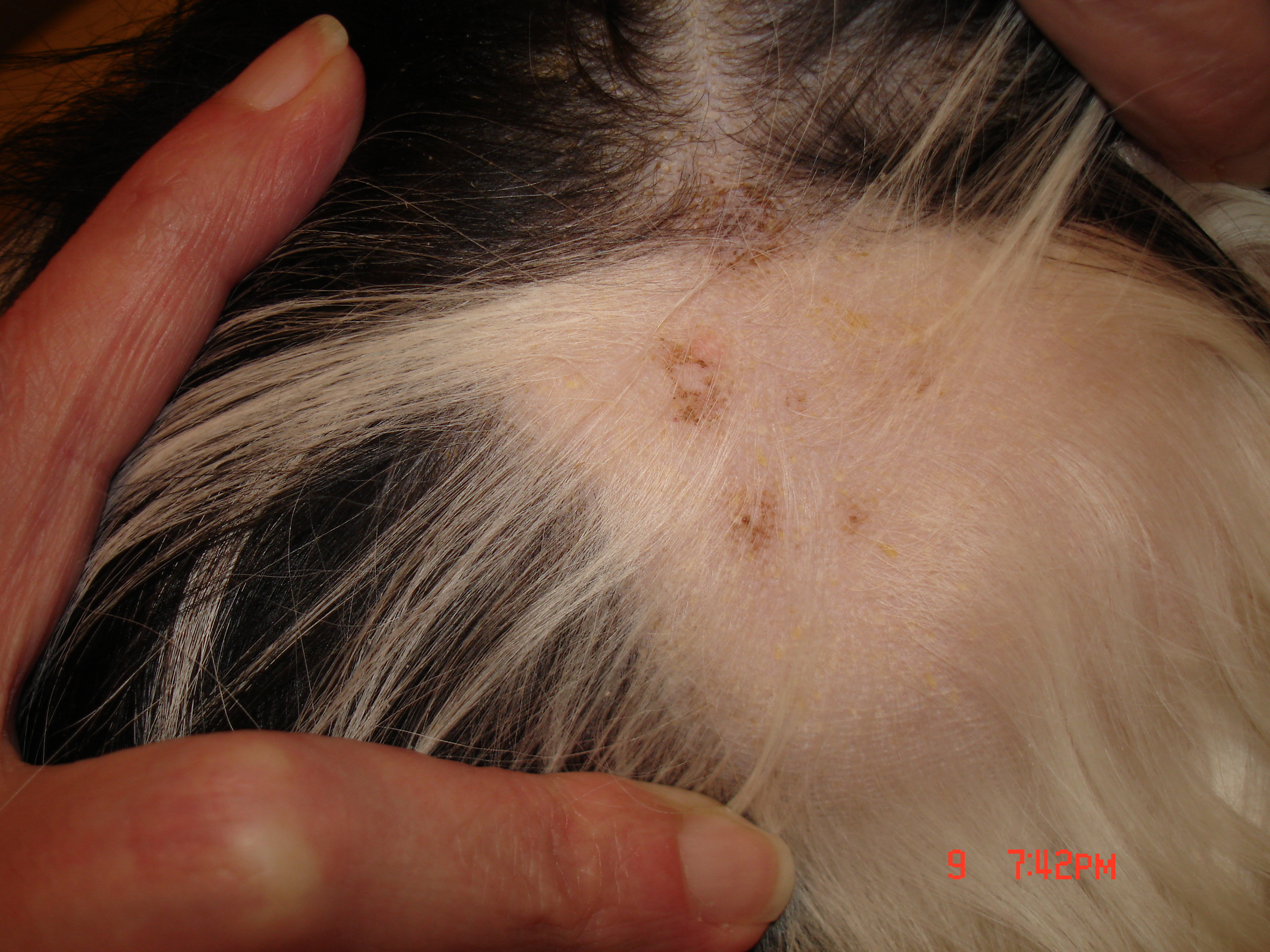A dog with yeast overgrowth is not a happy animal, and I’ll admit to being short tempered when I read some of the articles/blogs/websites that provide less than factual information. Frankly, we need to do better than that, so to that end, I want to walk you through the real deal about yeast.
What it is: The most common type of yeast in dogs is called Malassezia, and is a normal resident of the skin. Normal. Keep that in mind.
What it isn’t: a new invader.It’s been coexisting quite happily and harmoniously on your dog forever.
So, what’s happening?: A dog that’s been diagnosed (by a vet – not by your neighbor, FB friends, Google, chat group members,  etc.) with a yeast overgrowth is experiencing just that – a yeast overgrowth, and reacting accordingly. It could be itchy skin, gunky ears, smelly skin…it’s on the skin. This is one organ regardless of where on the skin the overgrowth occurs, so this is not a systemic problem. No matter what you may have heard, or read, systemic yeast is so rare in dogs that it makes medical journals. The dog is very ill, usually in Emerg, and may not survive despite intense medical treatment.
etc.) with a yeast overgrowth is experiencing just that – a yeast overgrowth, and reacting accordingly. It could be itchy skin, gunky ears, smelly skin…it’s on the skin. This is one organ regardless of where on the skin the overgrowth occurs, so this is not a systemic problem. No matter what you may have heard, or read, systemic yeast is so rare in dogs that it makes medical journals. The dog is very ill, usually in Emerg, and may not survive despite intense medical treatment.
Ok, but what causes the overgrowth?: I’m glad you asked. It’s a response to an underlying problem which can sometimes be related to diet, but is not always the case. Medications, and/or a disease that suppresses the immune system can do it too.
What can I do to make it go away?: Find the underlying cause. Diet can be a good place to start, and in this case you need to repeat after me: Carbohydrates and “sweet vegetables” do not feed yeast. I know, I know…you read, or heard otherwise. That’s one of the reasons I’m writing this. When yeast overgrowth is due to something in the diet, it is a reaction to a food. Period. A dog that is allergic to sweet potato and is then fed a diet that doesn’t include them will no longer be dealing with a yeast overgrowth. However, a dog that is allergic to chicken will not respond to the elimination of sweet potato (or rice, or potato…insert your food of concern here), but rather to the elimination of chicken. It’s not about a food group. It’s about the food itself. For that matter, the reaction can be to several foods, not just one. So, the best approach is to feed a novel ingredient diet. One, or two foods the dog has never eaten before (not even as a treat) for 12 weeks. The body can take this long to calm an allergic reaction even after the food culprit is gone.
What about feeding yogurt, or kefir, or supplemental probiotics?: They can be helpful in keeping the GI tract robust (they can also cause trouble for a sensitive GI tract, so you need to think this through), but won’t solve an allergic reaction to food.
Hype sells, but it doesn’t help you to help your dog. The real answer to How To Get Rid of Yeast is not sexy; not even exciting. But it works, and that’s what matters most to me.

